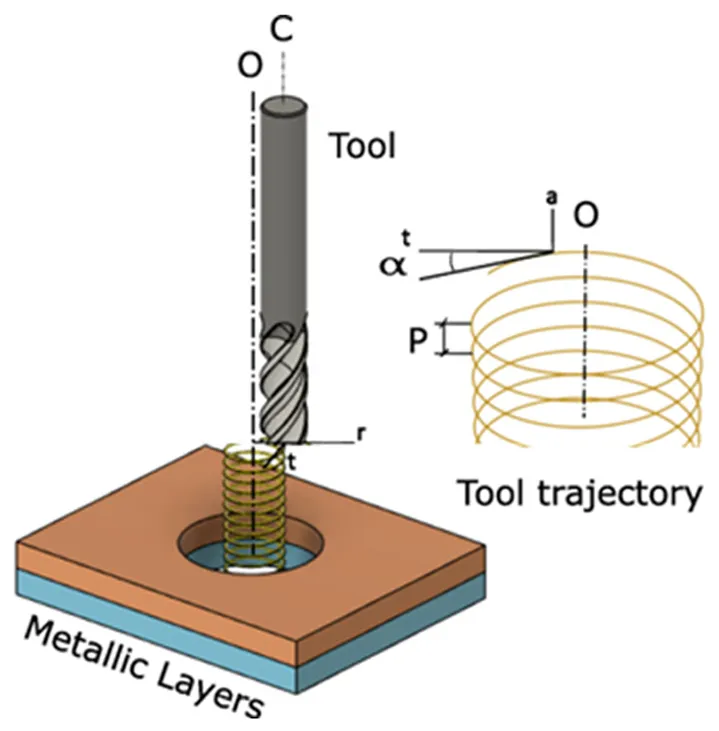Artiles
Open Access
Article
24 September 2025Policy Analysis and Stakeholders Insights to Achieve SDGs in Kurashiki, Japan: Opportunities and Challenges of Applying Big Data to SDG Localization
This paper provides a comprehensive analysis of policy and stakeholder insights related to the achievement of the Sustainable Development Goals (SDGs) in Kurashiki, Japan. It critically examines both the opportunities and the inherent challenges of harnessing big data and open data technologies for SDG localization in the context of a medium-sized city. In the field of sustainable urban development, especially within the framework of the United Nations Sustainable Development Goals (SDGs), it has become crucial to understand the role of advanced technology and data analytics in policy formulation and implementation. While megacities are often at the center of such discussions, cities such as small and medium-sized ones are equally compelling due to their unique challenges and opportunities. As an SDGs future city in Japan, Kurashiki City, SDGs-related policies and initiatives that are gaining prominence in the region, especially policies that utilize big data and open data to advance the SDGs. This study first contextualizes the SDGs within the global and Japanese frameworks, providing insights into the critical role of big data and technology in improving the effectiveness of policies to achieve the goals. Secondly, it highlights Kurashiki’s unique challenges and opportunities. It explores the city’s current strategies and measures for implementing the SDGs by using a mixed methodology of qualitative and quantitative analysis, including policy analysis and stakeholder interviews. Key findings suggest that while Kurashiki has made significant progress in aligning with the SDGs, there are still areas that can be greatly improved regarding big data and open data technology integration. The research identified gaps in the current literature and provided insights from local stakeholders, including government agencies, private sectors, and community groups. The findings emphasize the importance of contextualized strategies, public-private partnerships, and adaptive technology infrastructure and establish a stakeholder policy implementation framework that attempts to serve as a guide for similar medium-sized cities aiming to harness big data and open data in their quest for sustainable development. It concludes with targeted recommendations for policymakers and stakeholders in Kurashiki, emphasizing the need for a more integrated, data-driven approach to effectively achieve the SDGs.
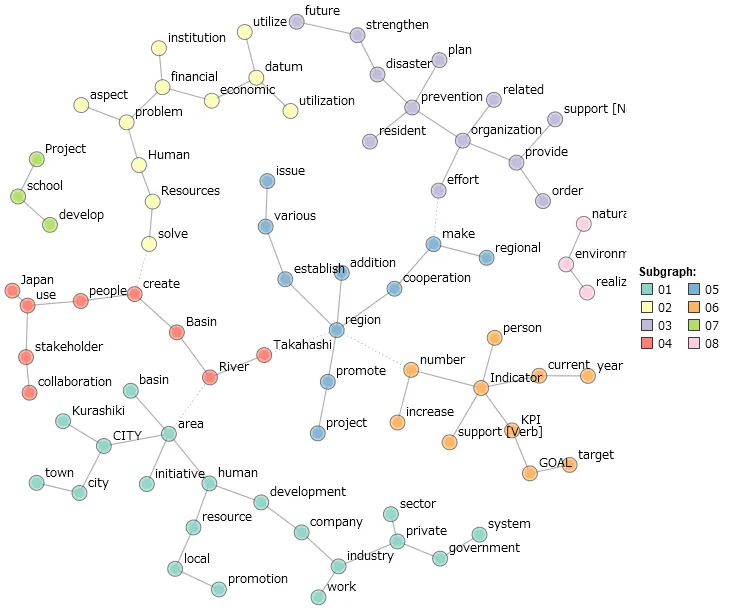
Open Access
Commentary
24 September 2025Is “CTGF” Still a Viable Anti-Fibrotic Target?
Cellular communication network factor 2 (CCN2, formerly known as ‘connective tissue growth factor’ or ‘CTGF’) was the subject of anti-fibrotic drug development programs, largely in FibroGen, starting in the mid-1990s. This led to the development of FG-3019 (pamrevlumab) as a lead drug that was used initially to target diabetic nephropathy and subsequently pancreatic cancer, pulmonary fibrosis and Duchenne’s muscular dystrophy. All these programs failed clinically; diabetes in early development, and the others at Phase III. Could these failures have been anticipated? Is ‘CTGF’ dead as an anti-fibrotic target? What might have been done differently or could be done differently in the future? This personal commentary—based on years of experience first at FibroGen working on the ‘CTGF’ program and then as an independent academic researcher---aims to address at least some of these issues.
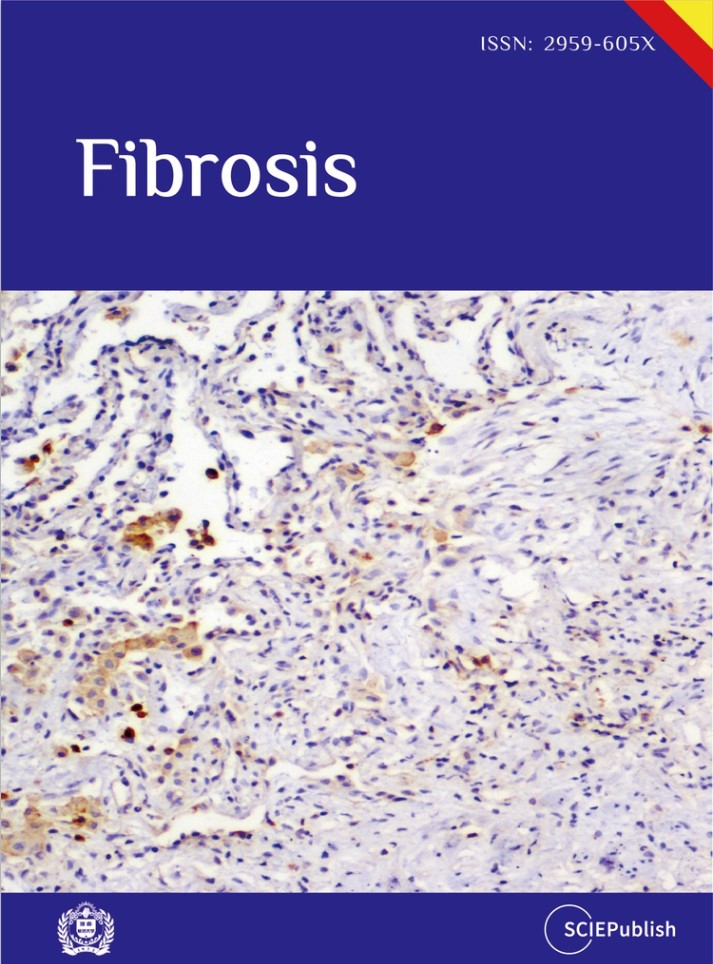
Open Access
Article
23 September 2025Side Chain Piperidinium Functionalized AEMs with an Ethylene Oxide Spacer for Improving Ion Conductivity and Alkaline Stability
In this work, grafting alkaline stable piperidinium cations via ethylene oxide (EO) spacers onto an aryl ether-free poly(oxindole terphenylene) backbone was adopted as a strategy for designing self-aggregating side chain AEMs with optimized alkaline stability. Aryl ether-free poly(oxindole terphenylene) backbones were synthesized via superacid-catalyzed step-growth polycondensation and were subsequently functionalized with either piperidinium containing hydrophilic, dipolar EO or hydrophobic alkyl spacer, aiming to explore the effect of side chain-engineering on conductivity and alkaline stability of the resulting AEMs. The AEM membrane containing dipolar ethylene oxide spacer, despite its lower ion exchange capacity (IEC), exhibited a more pronounced microphase separated morphology as evidenced by TEM, and higher ionic conductivity (reaching up to 30.5 mS cm−1 at 80 °C) compared to the hydrophobic alkyl spacer-containing AEM membrane. This was attributed to its higher water uptake stemming from the EO hydrophilic nature and the formation of interconnected ion-conducting channels due to piperidinium–EO interactions. Additionally, the hydrophilic nature of the ethylene oxide groups endowed the membrane with enhanced alkaline stability, preserving its mechanical integrity and retaining 71.5% of its initial conductivity after 3 weeks of immersion in 2 M KOH at 80 °C. In contrast, the AEM with an alkyl spacer experienced severe degradation under the same conditions. These results suggest that incorporating flexible alkoxy-containing spacers onto an aryl ether-free backbone is a promising and simple route for fabricating mechanically and chemically robust AEMs with sufficient conductivity.

Open Access
Article
23 September 2025Promoting Sustainable Development through Community Education on Flood- and Storm-Resistant Architecture
Pakistan is experiencing climate-induced disasters such as floods and storms with an increased frequency and intensity every single year. This study aims to explore the integration of resilient architecture into environmental education as a pathway toward sustainable development and disaster risk reduction. The research examines current levels of understanding regarding flood- and storm-resistant building practices and identifies key barriers to their adoption in high-risk regions of Pakistan. The study used a mixed-methods approach by administering surveys. These surveys were administered to 500 community members in different cities of Sindh and Punjab. The study also incorporated two in-depth case studies: the Heritage Foundation’s low-cost housing initiative in Makli, Sindh, and the Aga Khan Agency for Habitat’s Safe Housing Program in Chitral, Khyber Pakhtunkhwa. These cases provide valuable insights into effective, culturally appropriate, and scalable models of resilient construction in Pakistan. Findings of the present study reveal that public awareness of resilient architecture is below a satisfactory level, with common misconceptions. Challenges, including high costs, lack of technical knowledge, and minimal government support, were identified as significant obstacles. Despite these issues, communities showed strong interest in learning about safer building practices when exposed to practical examples and local success stories. The study recommends integrating resilient construction education into community outreach, school curricula, and builder training programs. It also advocates for greater government involvement, financial incentives, and replication of proven models to foster widespread adoption of resilient architecture for long-term sustainability.
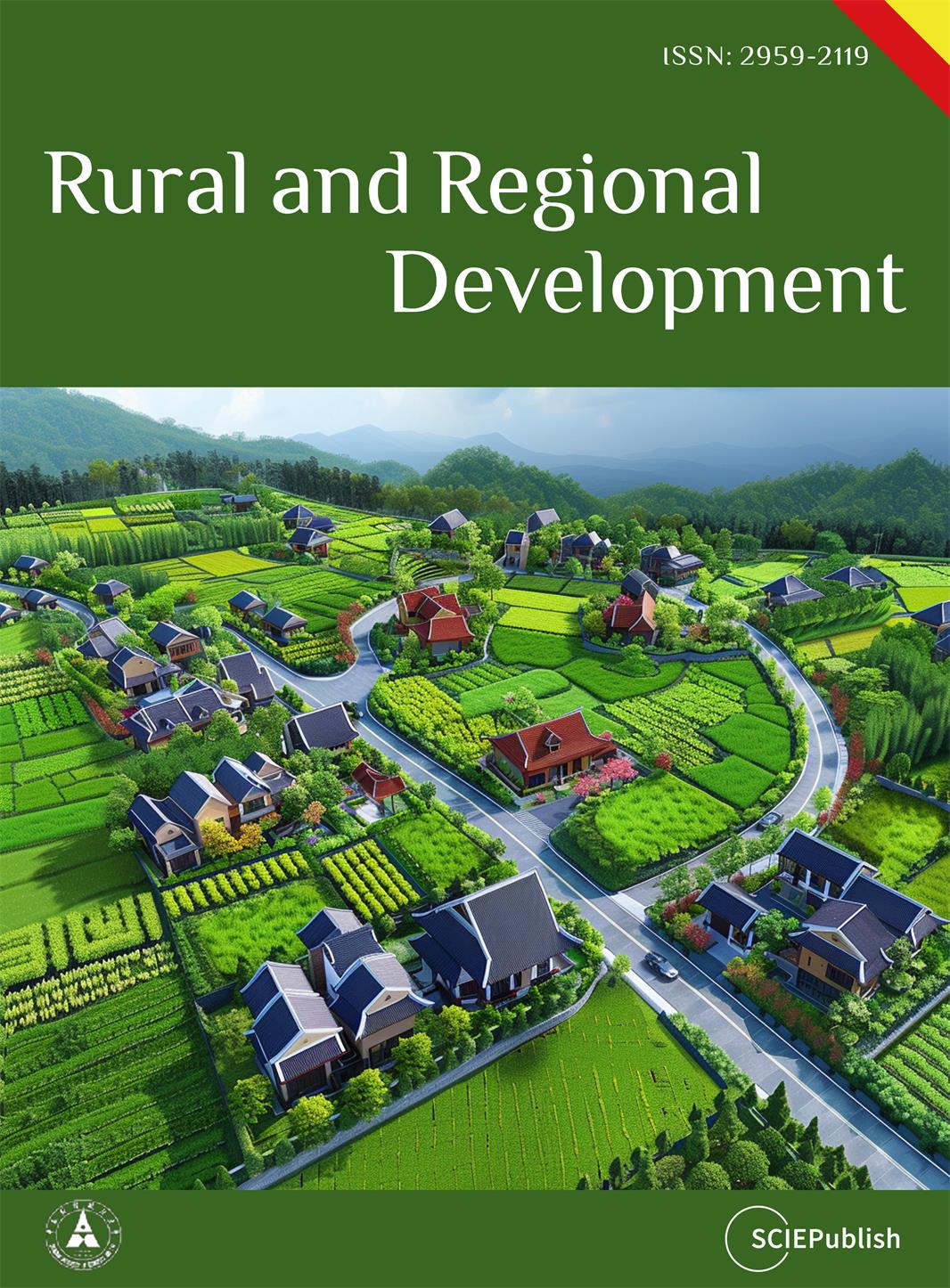
Open Access
Article
23 September 2025A Survey on XR-Based Drone Simulation: Technologies, Applications, and Future Directions
This paper presents a comprehensive survey of Extended Reality (XR)-based drone simulation systems, encompassing their architectures, simulation engines, physics modeling, and diverse training applications. With a particular focus on manual multirotor drone operations, this study highlights how Virtual Reality (VR) and Augmented Reality (AR) are increasingly vital for pilot training and mission rehearsal. We classify these simulators based on their hardware interfaces, spatial computing capabilities, and the integration of game and physics engines. We analyze specific platforms such as Flightmare, AirSim, DroneSim, Inzpire Mixed Reality UAV Simulator, and SimFlight XR are analyzed to illustrate various design strategies, ranging from research-grade modular frameworks to commercial training tools. In this paper, we also examine the implementation of spatial mapping and weather modeling to enhance realism in AR-based simulators. Finally, we identify critical challengesthat remain to be addressed, including user immersion, regulatory alignment, and achieving high levels of physical realism, and propose future directions in which XR-integrated drone training systems can advance.

Open Access
Article
23 September 2025Techno-Economic Evaluation of Vegetated Swales for Urban Stormwater Management in South Australia
Urban stormwater runoff continues to challenge cities worldwide due to increasing impervious surfaces and intensified rainfall from climate change. Swales—vegetated conveyance channels designed to manage runoff volume and quality—offer a nature-based solution that integrates hydrological function, ecological enhancement, and cost-effectiveness. This study investigates the performance and lifecycle economics of swale systems using a case study in South Australia. A MUSICX model simulation was conducted to quantify pollutant removal and flow reduction, and lifecycle costing was performed to evaluate construction and annual maintenance requirements. Results indicate exceptionally high treatment efficiencies, with over 99% removal of total suspended solids, nitrogen, phosphorus, and gross pollutants, and a 99.09% reduction in runoff volume. The total capital cost of the swale network was estimated at $19,726.50, with annual maintenance at $6157.49. Economic benefits from pollutant removal and avoided downstream treatment were valued at $14,874 per year, demonstrating a favorable benefit-cost profile. The findings underscore the potential of well-designed swales to function as cost-effective, modular components of decentralized stormwater management systems. These results contribute evidence supporting the broader integration of swales into urban planning, particularly in water-sensitive design frameworks seeking to achieve sustainability, climate adaptation, and SDG-aligned outcomes.
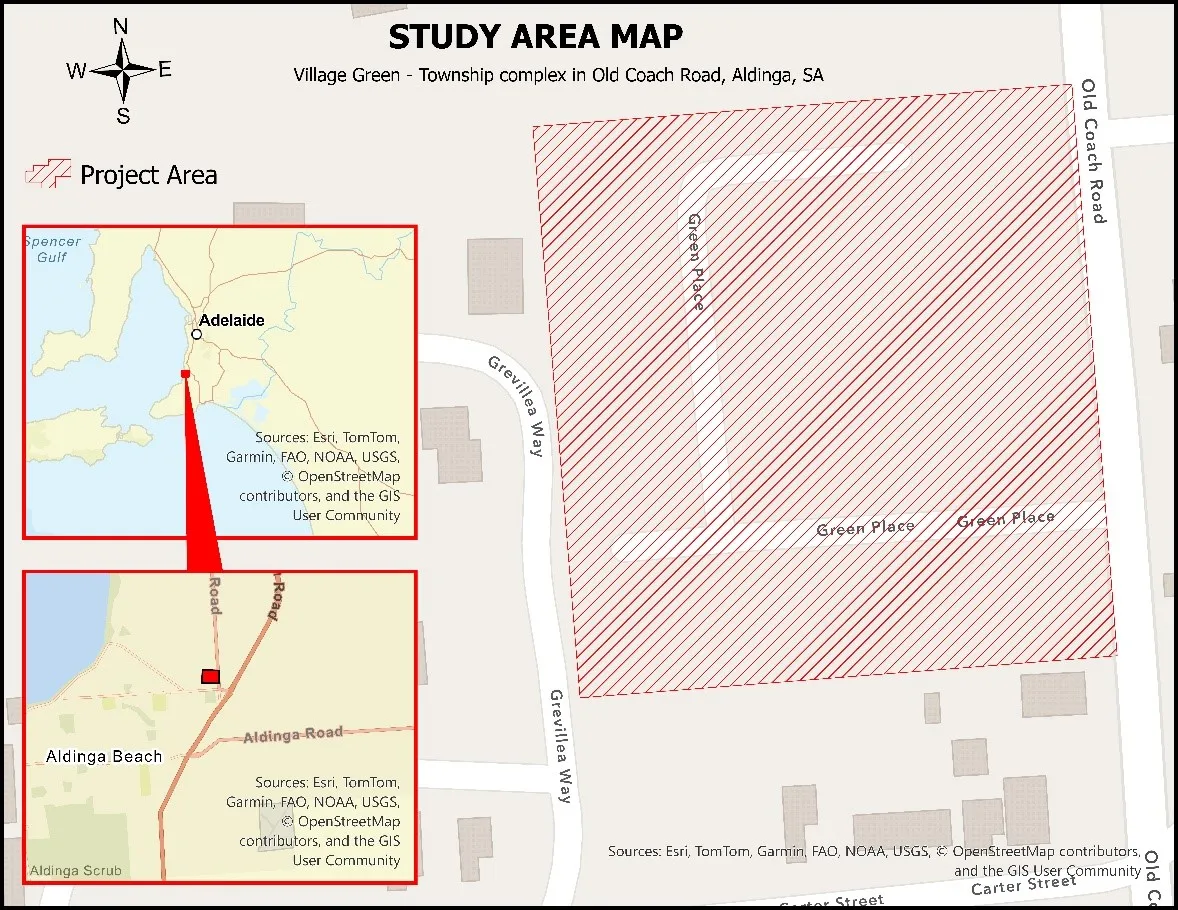
Open Access
Article
23 September 2025Marine Photovoltaic Module Salt Detection via Semantic-Driven Feature Optimization in Mask R-CNN
Offshore floating photovoltaic systems are highly susceptible to salt crystallization on the surfaces of photovoltaic modules, highlighting the need for intelligent inspection and cleaning technologies to improve operational efficiency and overcome the limitations of conventional manual maintenance methods. However, the presence of surface gridlines on the photovoltaic modules introduces significant visual interference, which complicates the accurate identification of salt deposition regions. To address this challenge, a semantic information-guided detection framework is proposed to enable precise segmentation of salt-affected areas. The key innovation lies in the effective classification of gridlines as background features by extracting semantic priors through low-level thresholding, which are then fused with the original red-green-blue image to construct a four-channel input. This fusion enhances the model’s ability to extract and discriminate features related to salt crystallization. Experimental results demonstrate that the proposed method achieves a 4.6% improvement in segmentation accuracy and a 3.7% increase in recognition accuracy compared to conventional models, based on evaluation metrics such as mean average precision and F1-score. The proposed framework offers a robust technical foundation for developing intelligent maintenance systems tailored to offshore floating photovoltaic applications.
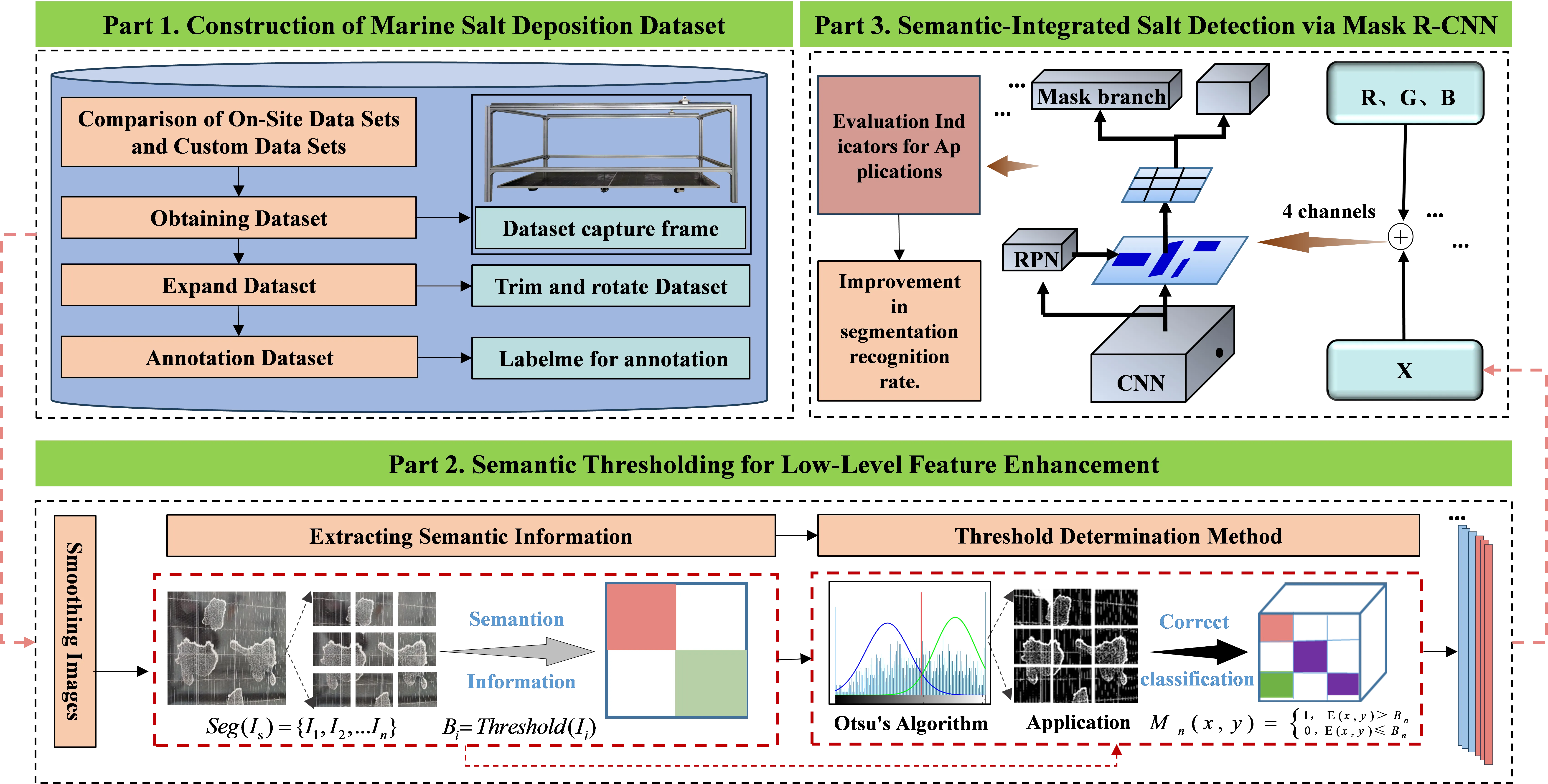
Open Access
Review
22 September 2025Advances in Recycling and Reuse Technologies for Textile Fiber Material Products
Global industrialization and rising living standards have driven widespread adoption of fiber materials. However, the rapid growth of the textile industry has also caused substantial resource depletion and environmental pollution. Each year, over 92 million tons of textile waste are generated worldwide, most of which is landfilled or incinerated, while only a small proportion is recycled. This paper systematically reviews the latest advancements in the recycling and reuse of fiber-based products, focusing on mechanical, chemical, and biological recycling technologies and the reapplication of recycled fibers. Mechanical recycling is a mature and cost-effective process, but it results in reduced fiber quality. Chemical recycling can produce high-purity raw materials, yielding regenerated fibers with properties close to virgin fibers, but the process is complex and energy-intensive. Biological recycling operates under mild conditions with low energy consumption but is limited by low efficiency and long reaction times. This paper also explores the applications of recycled fibers in regenerated apparel, automotive textiles, construction materials, medical supplies, and eco-friendly filtration materials. Fiber recycling technologies should advance toward greener, more innovative, and circular economy-oriented approaches. Technological innovation, industrial collaboration, and policy guidance can significantly enhance the resource utilization of textile waste.
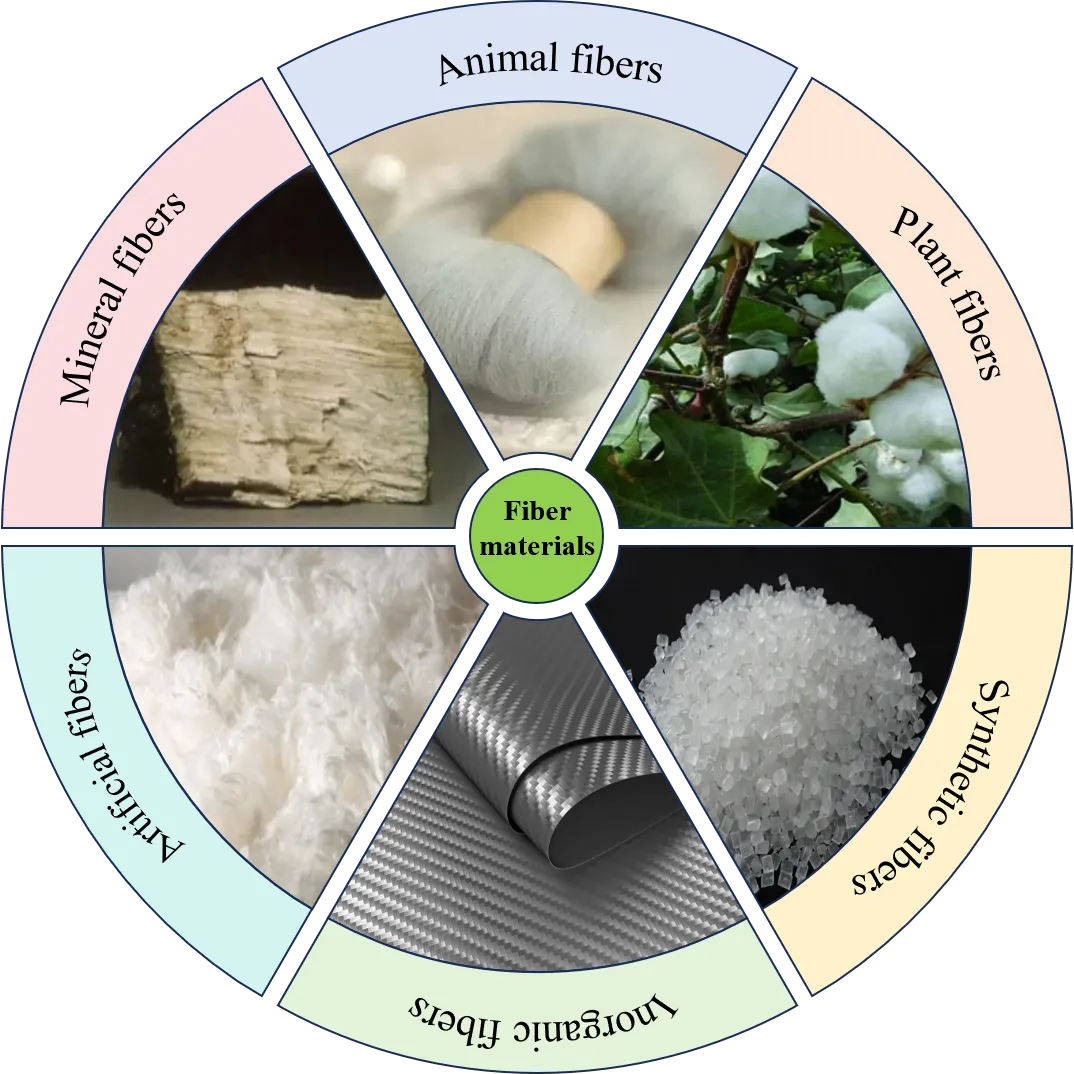
Open Access
Article
19 September 2025The Relationship between Resilience and Disruptive Behaviour among In-School Adolescents in Lagos State
This study investigated the relationship between resilience and disruptive behaviour among in-school adolescents in Lagos State, Nigeria. The objectives were to examine: the association between six resilience dimensions (family support, confidant-friend support, school support, adjustment, sense of struggle, and empathy) and disruptive behaviour; the differences between sex and family type on disruptive behaviour. A cross-sectional design was employed, sampling 897 adolescents (M = 14.8 years; 50.8% male) from selected secondary schools using a multi-stage sampling technique. Data were collected using validated psychological resilience and disruptive behaviour scales. Results revealed a significant negative correlation between disruptive behaviour and four resilience dimensions: family support, school support, sense of struggle, and empathy. Regression analysis showed that these resilience dimensions jointly accounted for 6.6% of the variance in disruptive behaviour, with only family and school support emerging as significant predictors. Male adolescents exhibited significantly higher disruptive behaviour than females, while no significant differences were found based on family type. The findings highlight the crucial role of familial and school support in behavioural regulation and suggest the need for gender-sensitive and context-specific interventions.
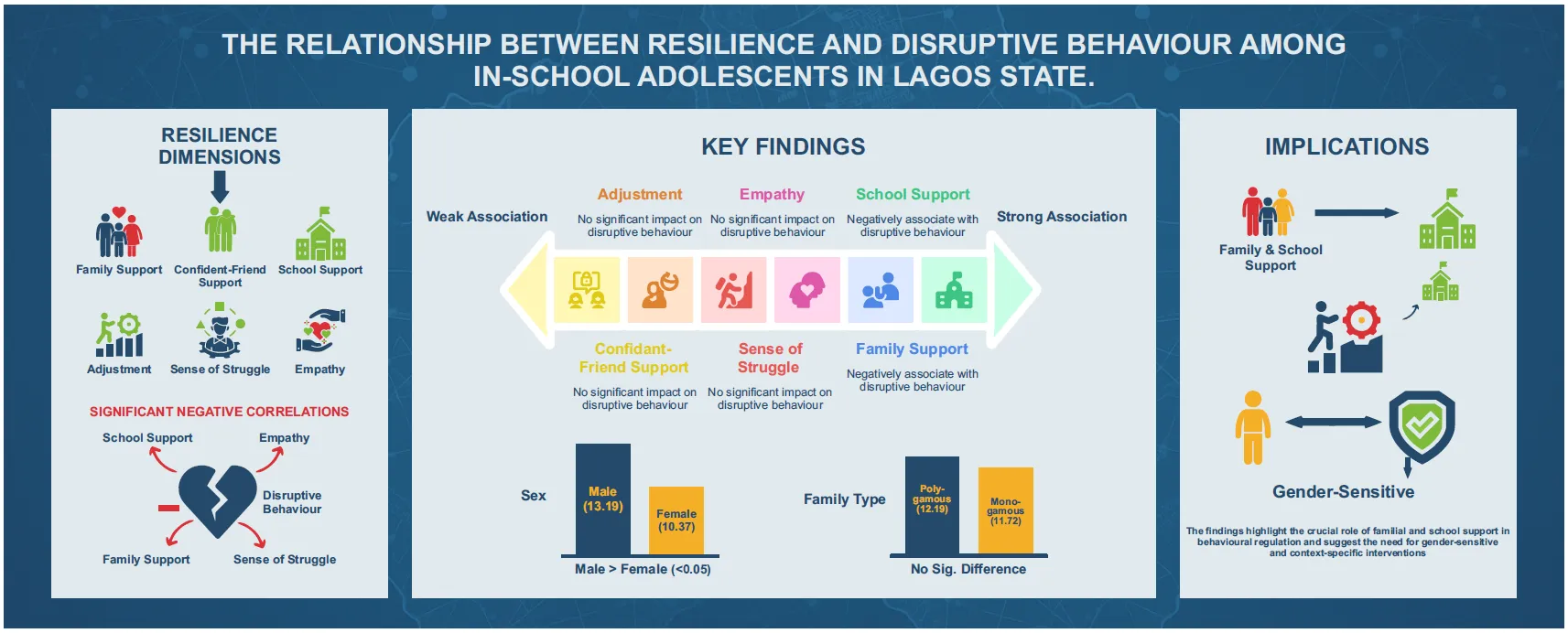
Open Access
Article
19 September 2025Cutting Power Model for Material Identification during Helical Milling of Aerospace Stacks
Smart factories increasingly rely on real-time data to optimize manufacturing, yet machining operations, particularly in aerospace stack drilling, still face challenges such as low productivity and accelerated tool wear. While advanced CNC machines already capture rich process data, its full potential for real-time decision-making remains underexplored. This work introduces a novel approach that leverages machine learning (ML) to identify material layers and optimize cutting conditions during drilling (helical milling) of aluminum–titanium stacks. Unlike prior methods that require additional sensors or complex instrumentation, our approach uniquely utilizes only spindle power signals from the CNC machine. Data maps consisting of cutting coefficients are used to train ML models to reliably predict material transitions across multiple layers under a range of cutting conditions. The results demonstrate appropriate material identification in comparison to experiments, enabling significant improvements in the hole-making of aerospace stacks. This study contributes a scalable, sensor-free, and non-intrusive framework for smart machining, establishing a practical pathway for process optimization in aerospace manufacturing without disrupting existing shop-floor setups.
